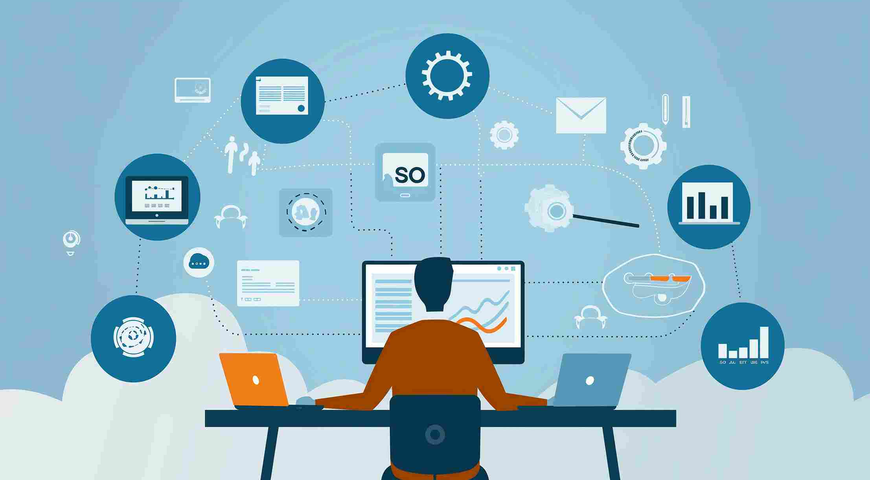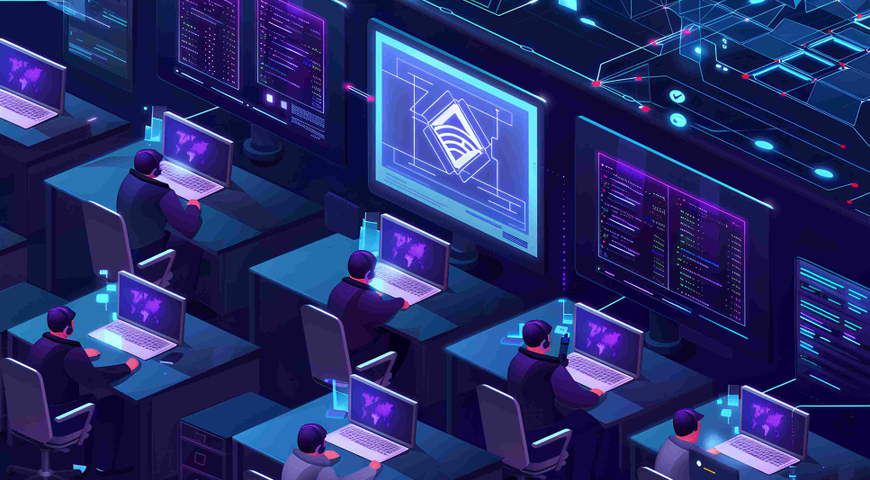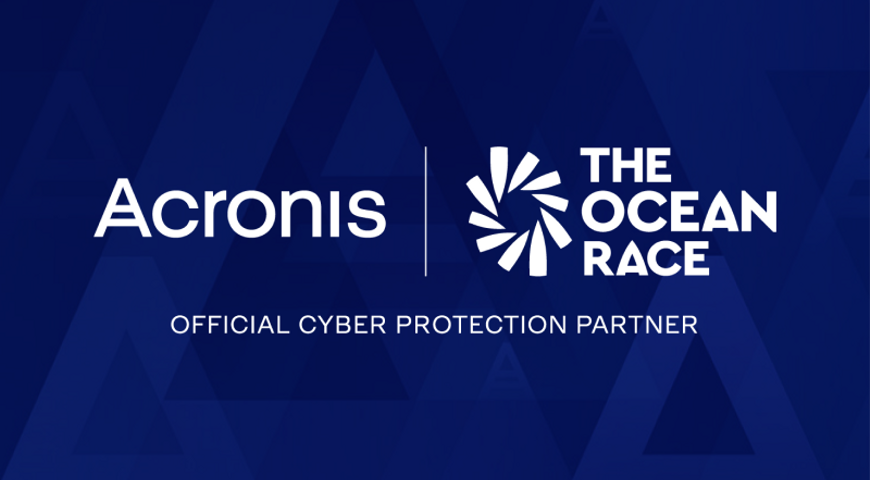Before we discuss what you need to do to protect your home network, computer, Wi-Fi connection, and data, let’s discuss why it is important. You may be surprised to understand the full repercussions of a cyberattack to you and to your company.
Since the onset of COVID-19, cyberattacks targeting remote workers have been on the increase. From credential thefts to phishing campaigns to exploiting the pandemic chaos by creating malicious COVID-themed domain names, cybercriminals do not lack creativity when it comes to attacking remote workers. Here are just a few statistics:
- Since the start of the pandemic, an average of 1,767 high-risk or malicious COVID-19 themed domain names are created every day.
- 86,607 high-risk COVID-related domains were registered between March and April 2020.
- Phishing incidents rose 220% during the height of the global pandemic compared to the yearly average.
- As of October 2020, 60% of respondents surveyed by the Ponemon Institute experienced cyberattacks during the pandemic, with 51% saying that malware or exploits managed to get past their security defenses.
- In March 2020, phishing attacks related to coronavirus went up 667% from the previous month.
Importance of protecting your home network and Wi-Fi
If you suffer a cyberattack, your personal identity and sensitive data, such as your health, credit card, banking information, etc. can be stolen or compromised. We have all heard the stories of the chaos an individual can experience when their identity and/or personal information is stolen. The cybercriminal can empty your bank accounts, charge purchases to your credit card, open up new credit cards, get medical treatment using your name and insurance coverage, even file your tax return and receive the refund. In addition to the monetary cost to you, you will also need to spend an exorbitant amount of time trying to undo the damage and reclaim your identity.
If you suffer a cyberattack as a remote worker, your employer’s network can also be breached, opening a pathway for the cybercriminal to steal your company’s sensitive data, bring down its systems, rack up significant costs to recover from the attack, damage the company brand, and lose revenues.
This all begs the question: what do remote workers do to protect their identity and sensitive data?
Change default password on your Wi-Fi
Your Wi-Fi comes from the manufacturer with a default password, which typically is “admin” or “admin1.” If you do not change it an attacker or other unauthorized individual that comes within range of your router can easily guess the default password, access your network, and change the password. Once inside your network, bad actors can access your files and sensitive data while introducing malware or ransomware into your system.
This is why you want to change your router’s password as soon the unit is installed and change it regularly going forward as you would any other password. To change your password, log in to the router console using the current password and change it. Remember to use a strong password and never share it.
Turn on wireless network encryption
There are different levels of security on your router that identify the type of encryption protocol used for a wireless connection. The encryption protocol encrypts any information you send or receive over the wireless network. Some devices use an older protocol, called WEP, or no protocol at all, allowing anyone in range of your network to access any device on the network.
If you are not prompted to change the protocol when setting up your router, be sure to change it afterwards to a WPA or WPA2 protocol. If an unauthorized individual tries to access your wireless network, they will get a prompt to enter the password to connect. Without that password, unauthorized individuals will not be able to connect.
Update and Patch your router software
Just like any software, you need to ensure your router software is up to date. If it isn’t regularly updated, older software versions can create a security hole and lead to malware/virus/ransomware infections. Many vendors update their router software on a regular basis, and you can choose to have automatic updates. Unfortunately, other vendors do not provide automatic updates, so you need to perform a manual update yourself. If your vendor no longer provides router software updates or patches, you should replace your router.
Use a VPN
A VPN or virtual private network establishes an encrypted, private connection over the internet from a device, such as your computer or laptop, to a public or private network. The encrypted connection ensures that your identity (IP address) is kept private, and your data is securely transmitted and protected from cybercriminals or other unauthorized individuals when you are working remotely.
Many companies require their employees to use a VPN. In these cases, your company’s IT department will provide you with instructions on how to use the VPN.
If you are looking to secure your network connection yourself with a VPN, look for a reputable vendor who offers VPN apps and services.
Protect your files and important data on your computer
In addition to following these best practices to protect your home-based computer, you also need to be sure to back up your systems and data and protect your sensitive data with a security solution. Here are a few tips:
- Be sure to follow the 3-2-1 backup rule, which ensures total data protection and stipulates that you have:
- Three copies of your data, one production version and two backups
- Two formats for your backup, e.g., network drive, external hard drive, cloud, etc.
- With a cloud backup.
- To protect your system from cyberattacks, such as malware, viruses, and ransomware, you also need to install security software. Security software is not a nice-to-have but is an absolute requirement because it is not a question of IF you will be attacked, but WHEN.
Acronis True Image
Acronis True Image is an easy-to-install and manage, efficient, and secure solution that offers individuals the best personal cyber protection available on the market today. With Acronis True Image, you can
- Create full-image backups in two clicks.
- Replicate local backups to the Acronis Cloud.
- Safeguard your data, applications, and devices – including your mobile devices – against the latest malware, including zero-day ransomware and cryptojacking attacks.
What makes Acronis True Image different is that is the only personal cyber protection solution that delivers a unique, integrated combination of proven backup technology and anti-malware protection that stops even the latest threats. This means you no longer need to purchase a backup solution from one vendor and an antivirus solution from another. Instead, consider Acronis True Image and get the full system and data protection you need with one integrated solution.
About Acronis
A Swiss company founded in Singapore in 2003, Acronis has 15 offices worldwide and employees in 50+ countries. Acronis Cyber Protect Cloud is available in 26 languages in 150 countries and is used by over 20,000 service providers to protect over 750,000 businesses.




